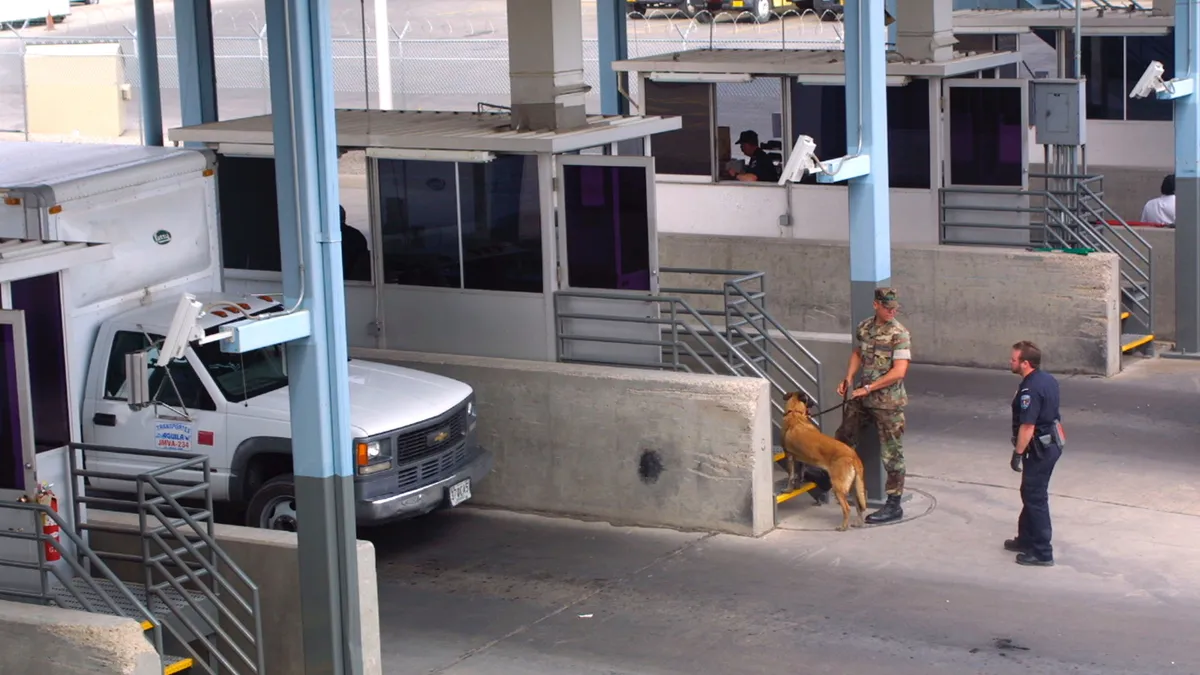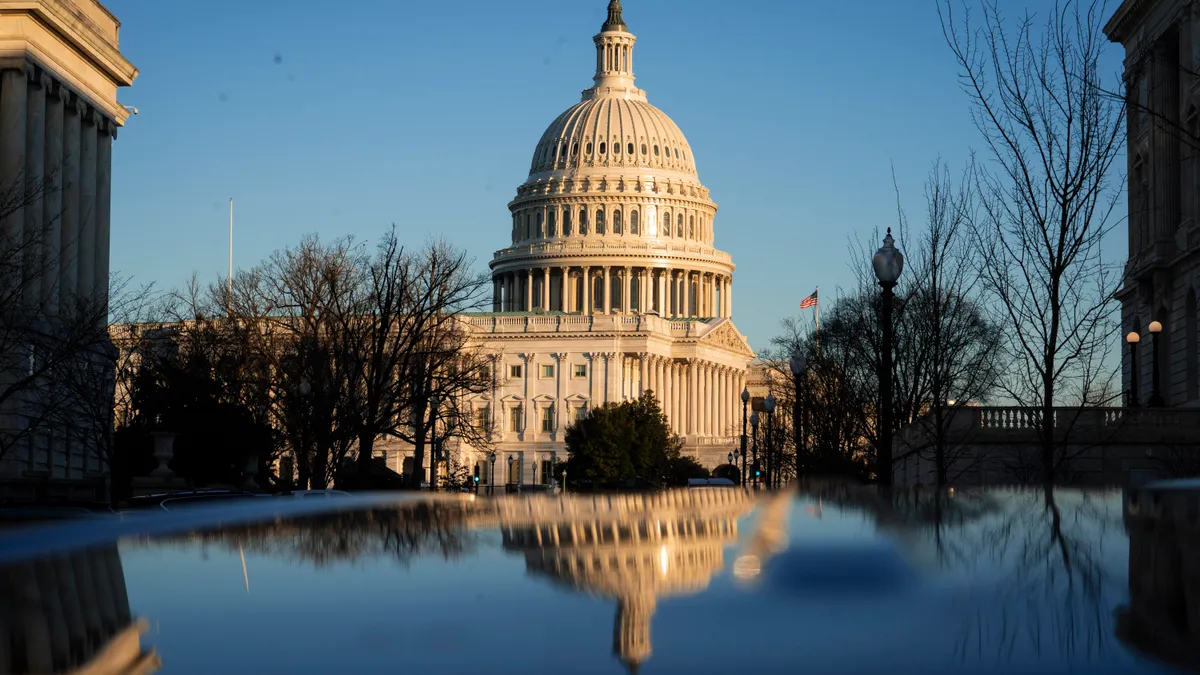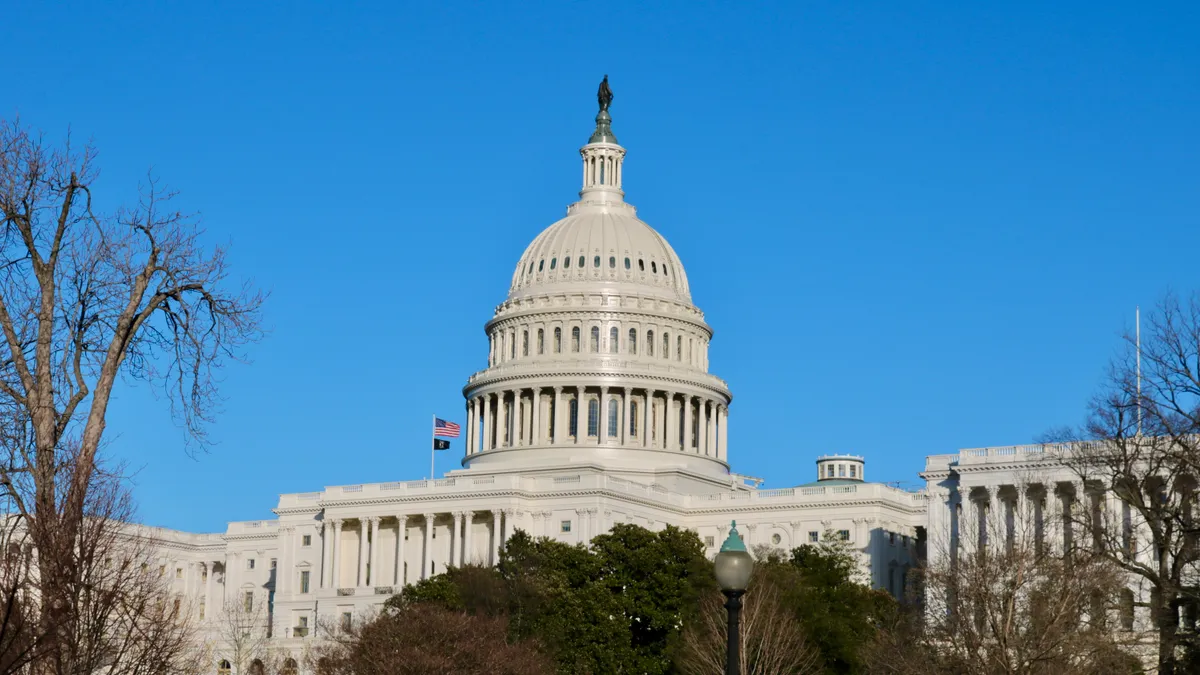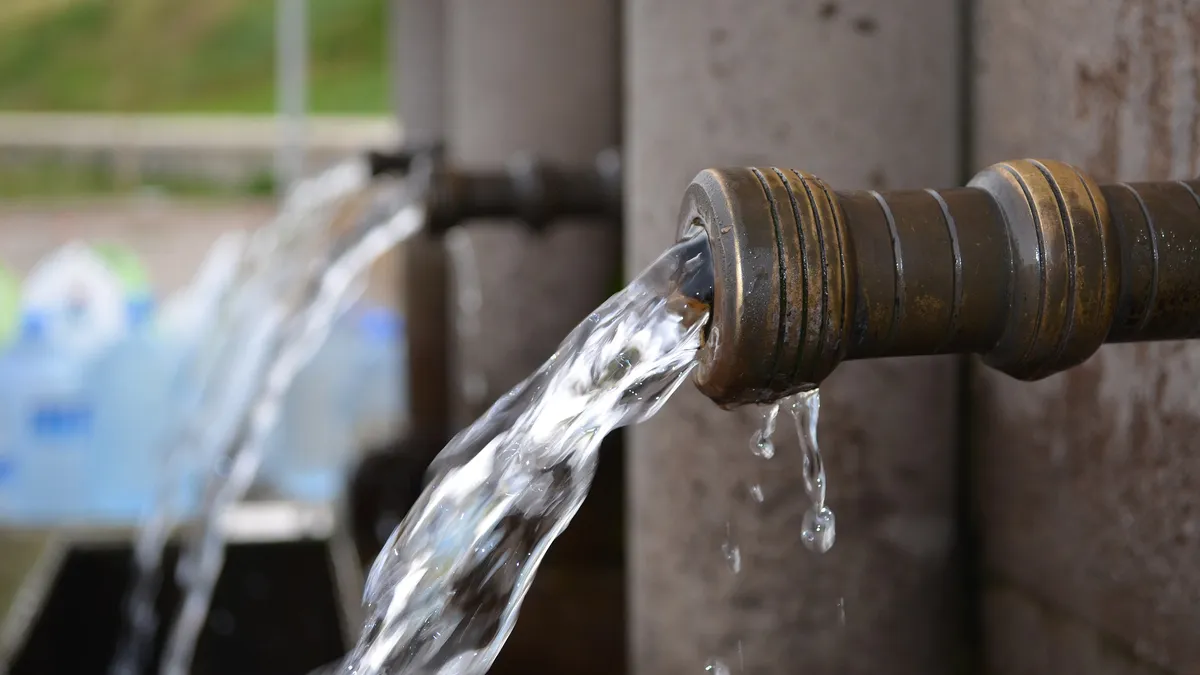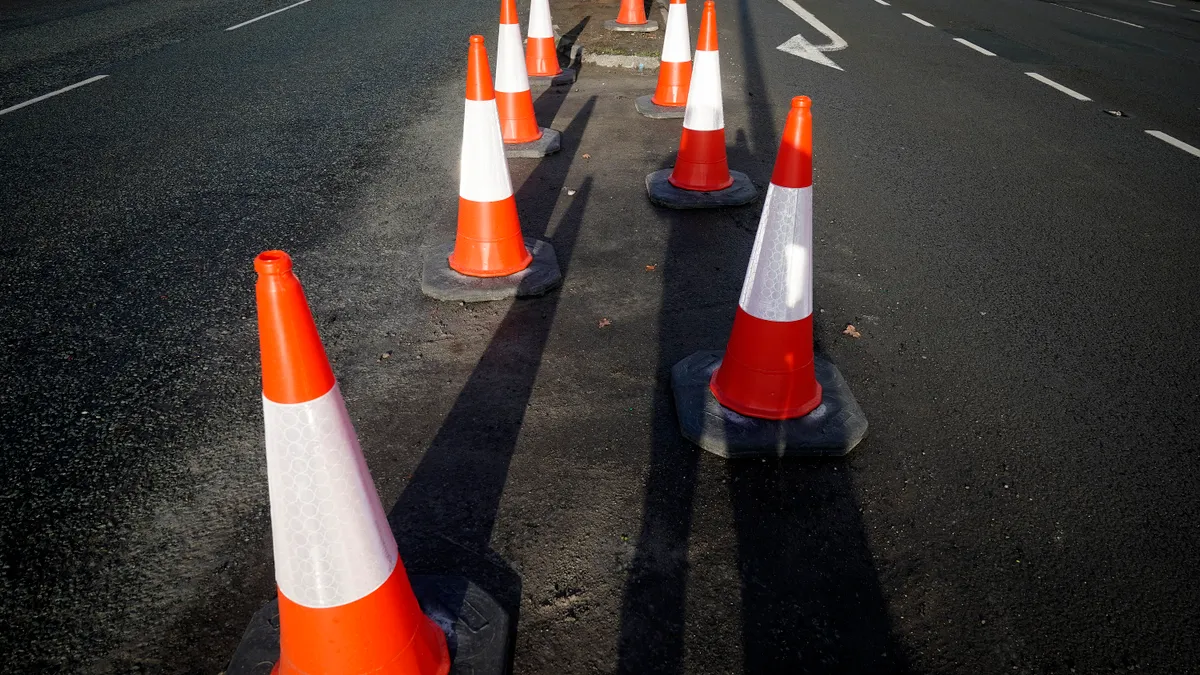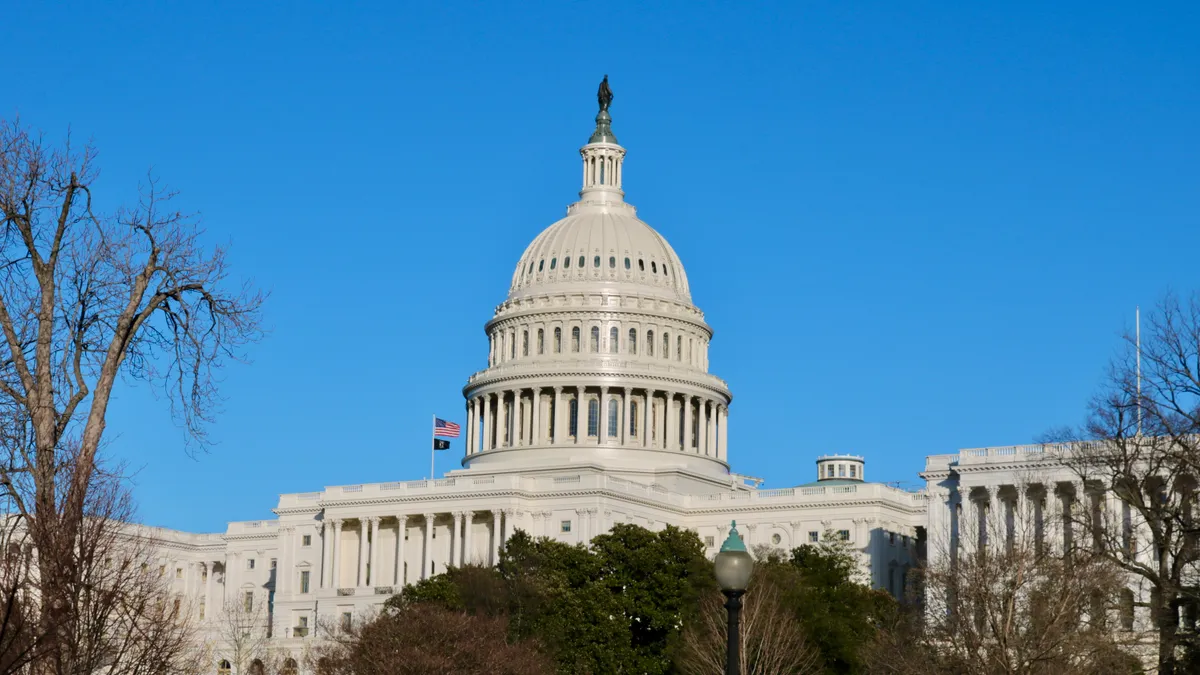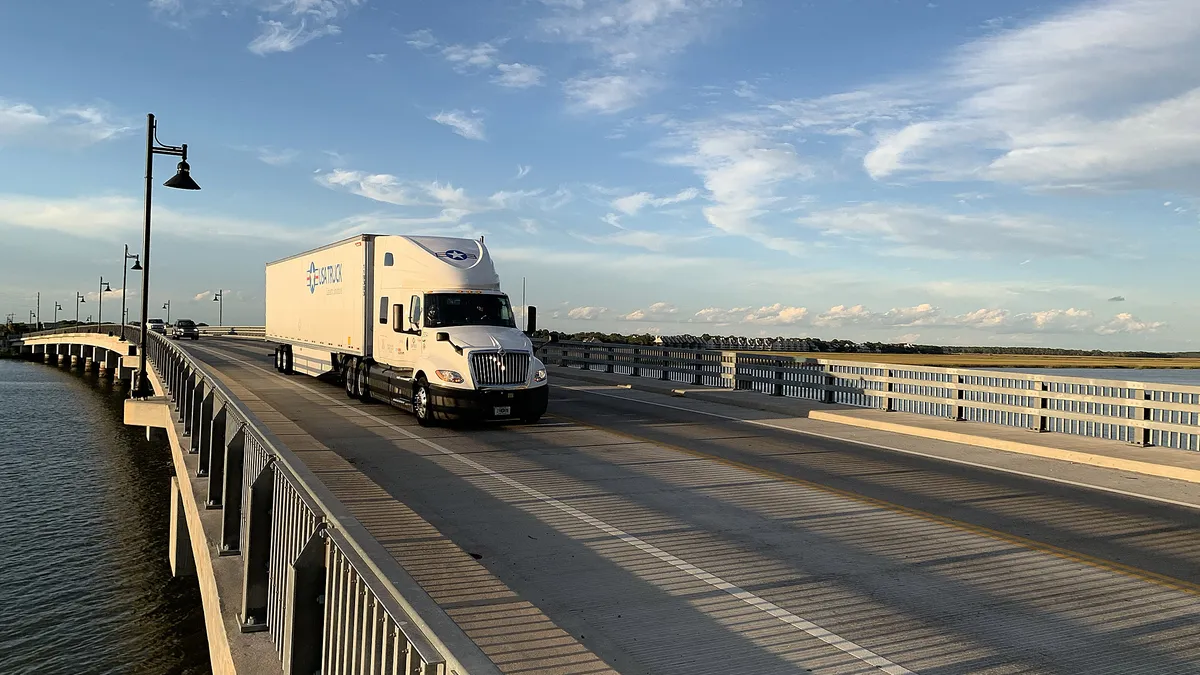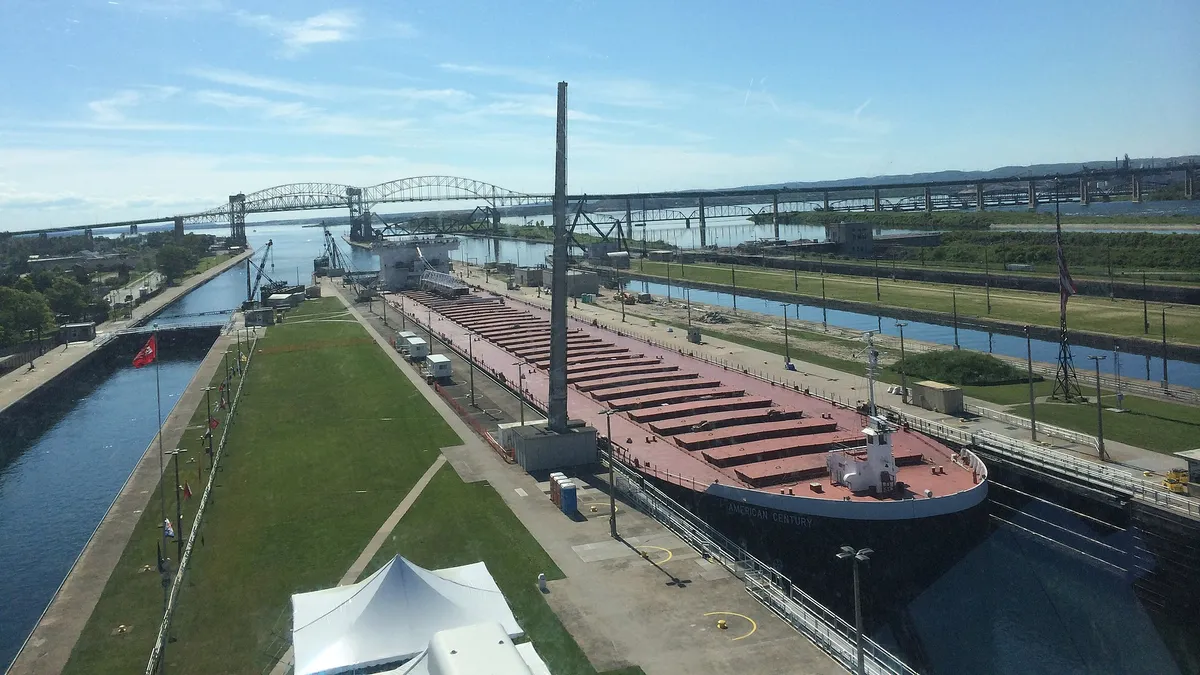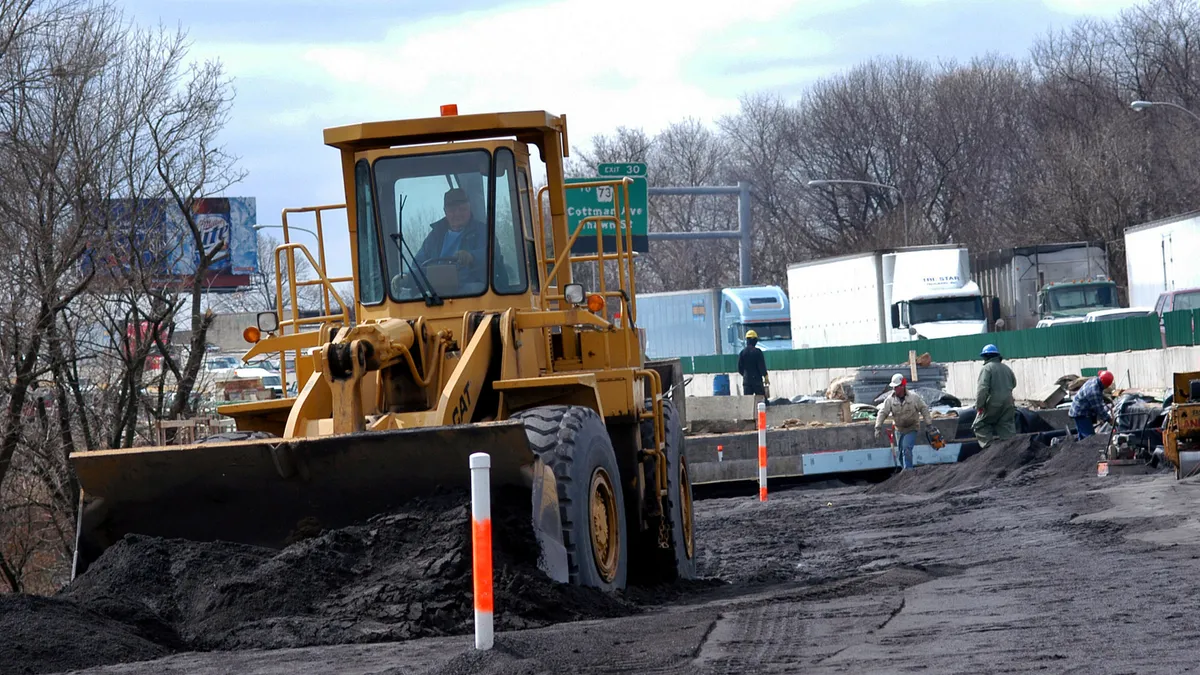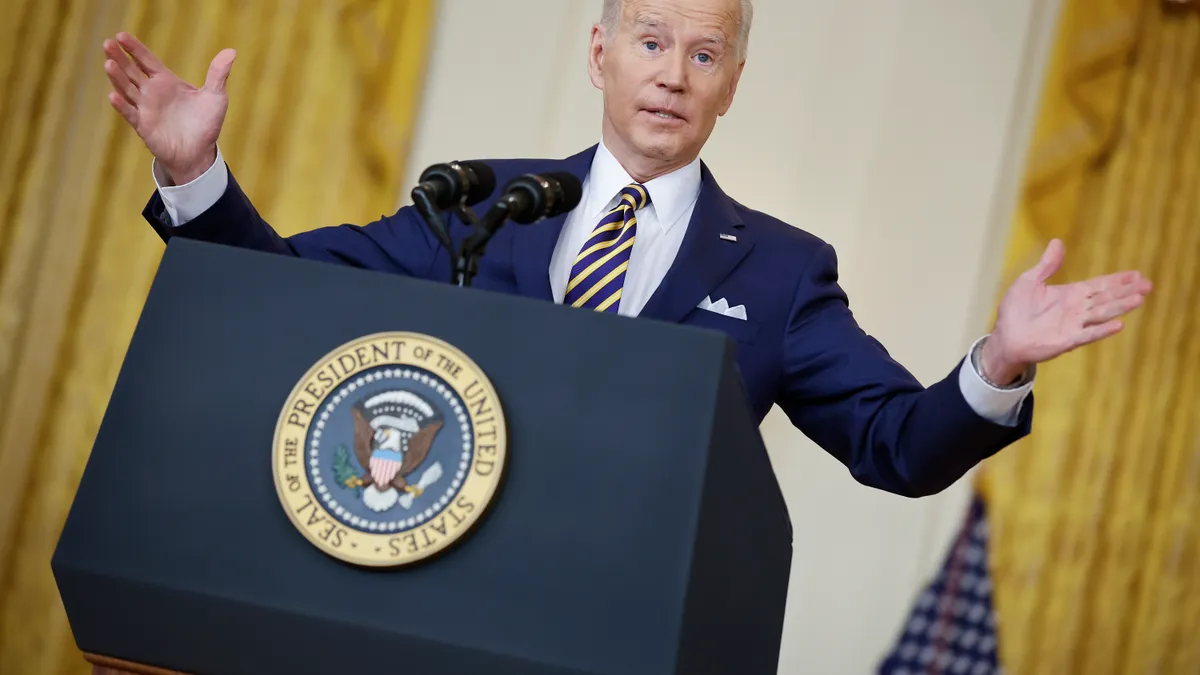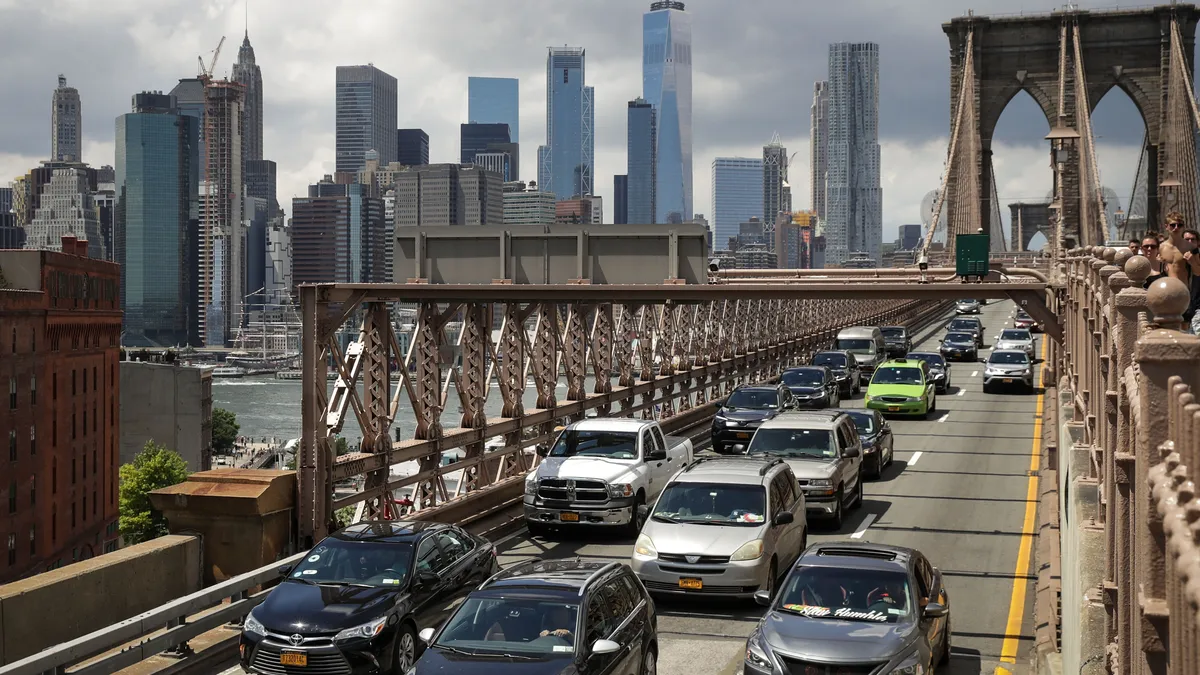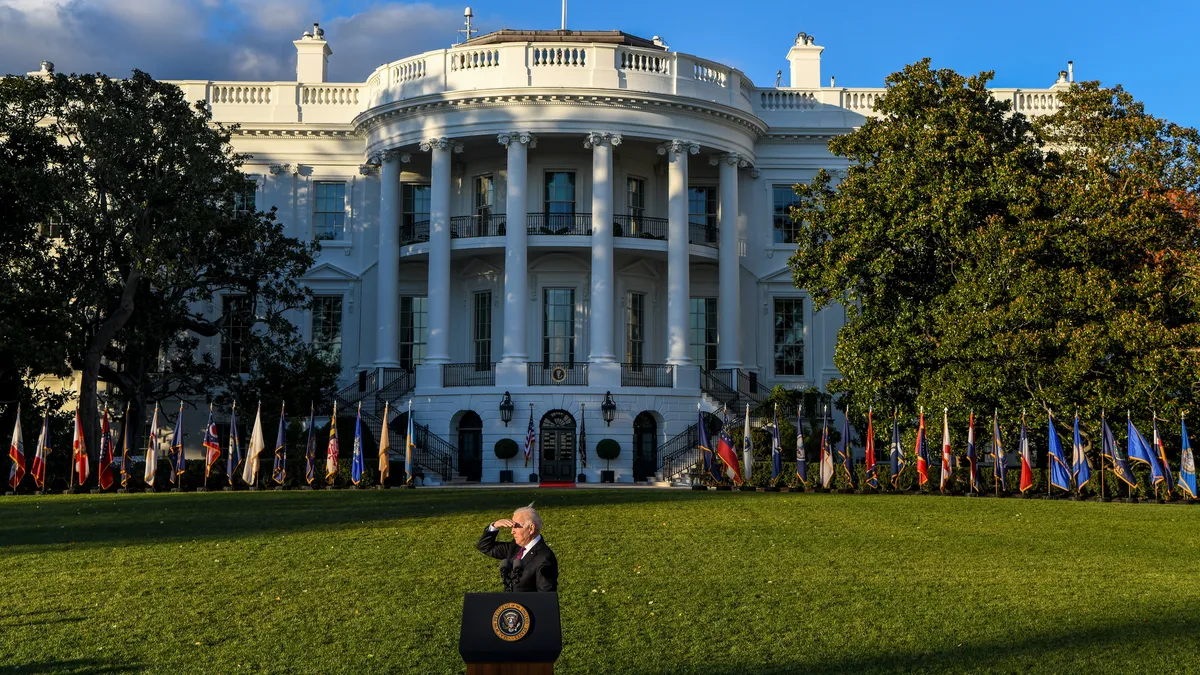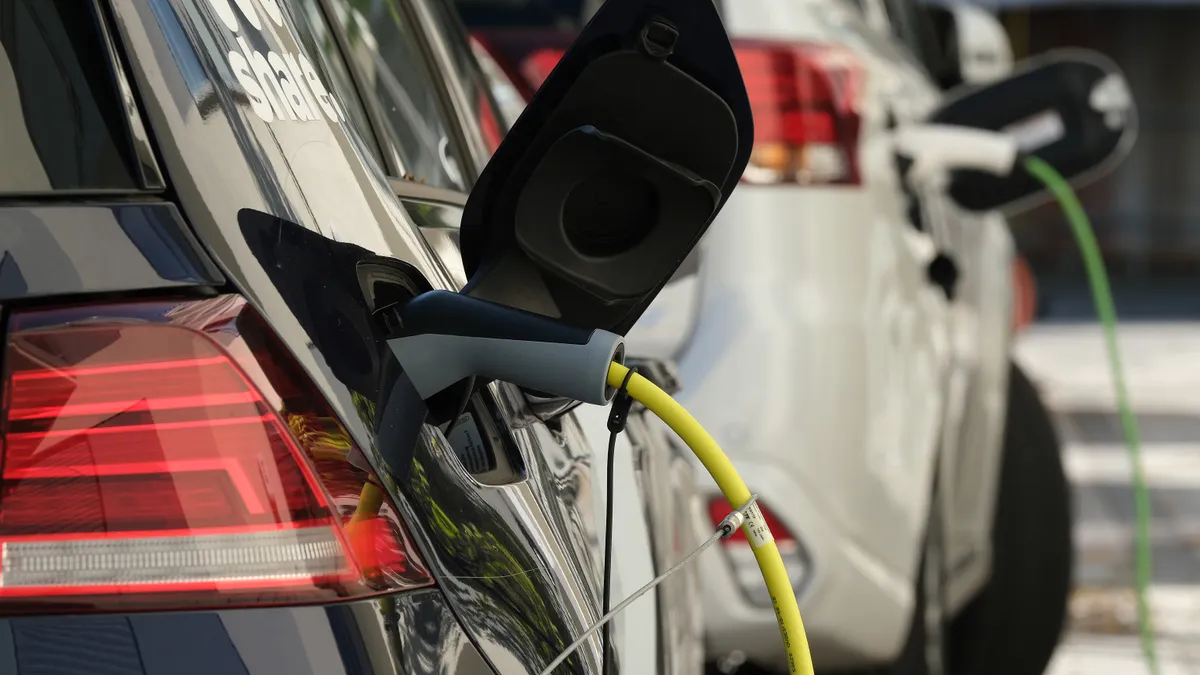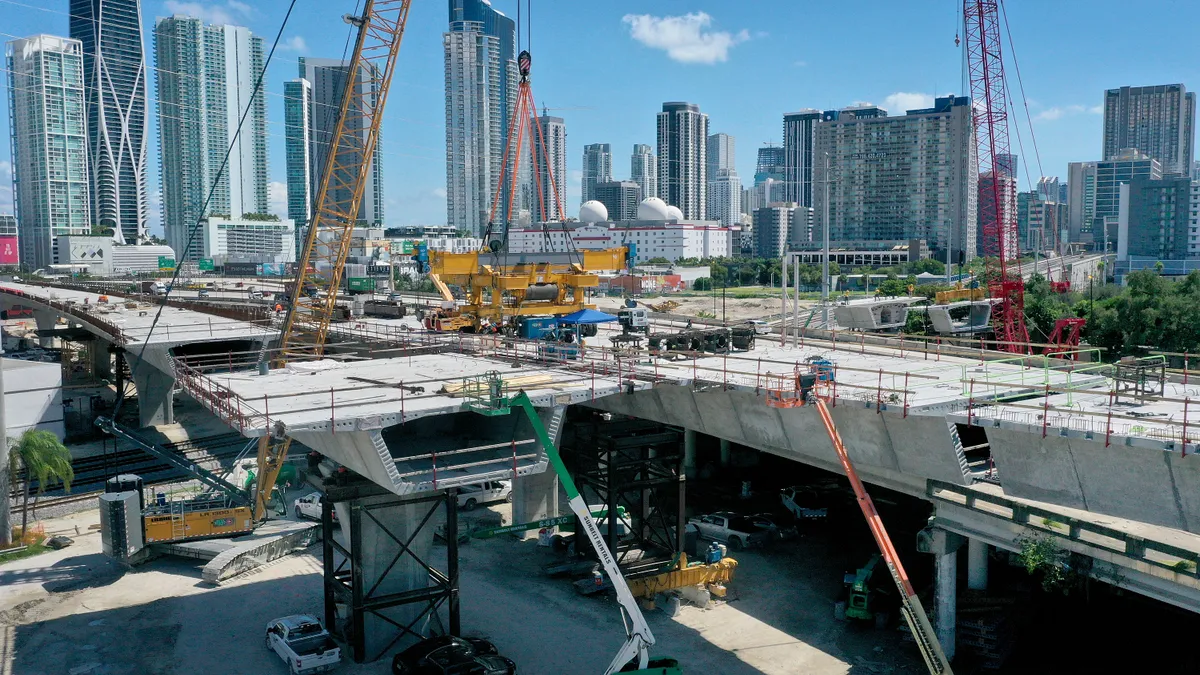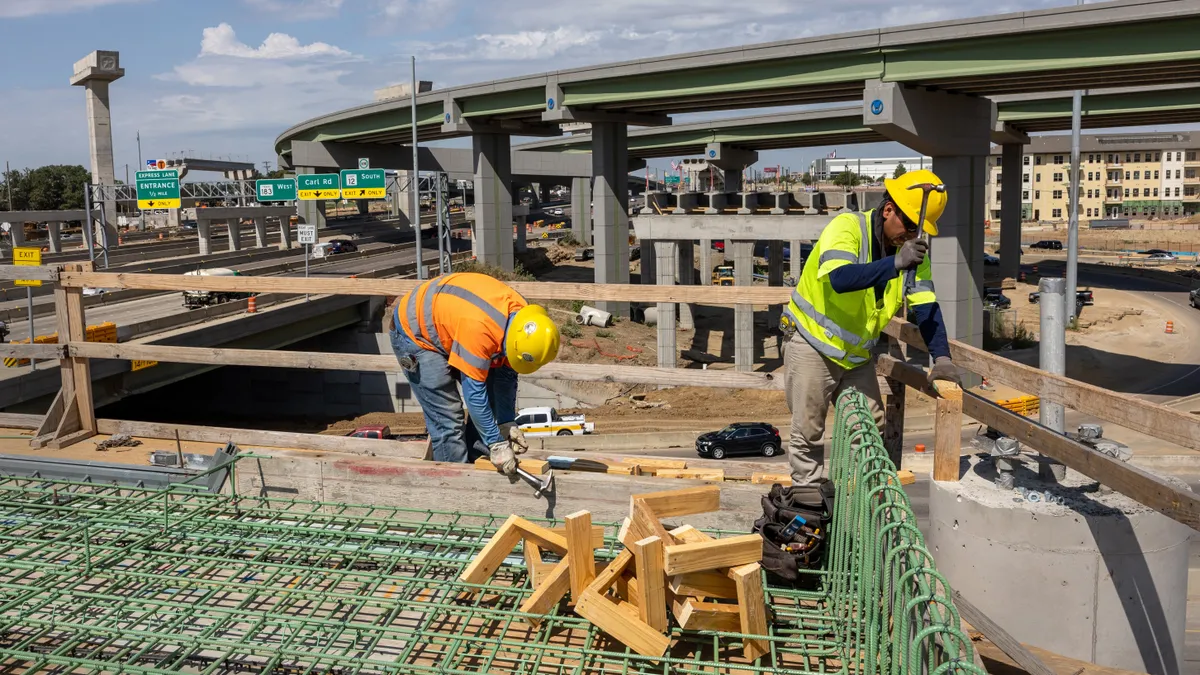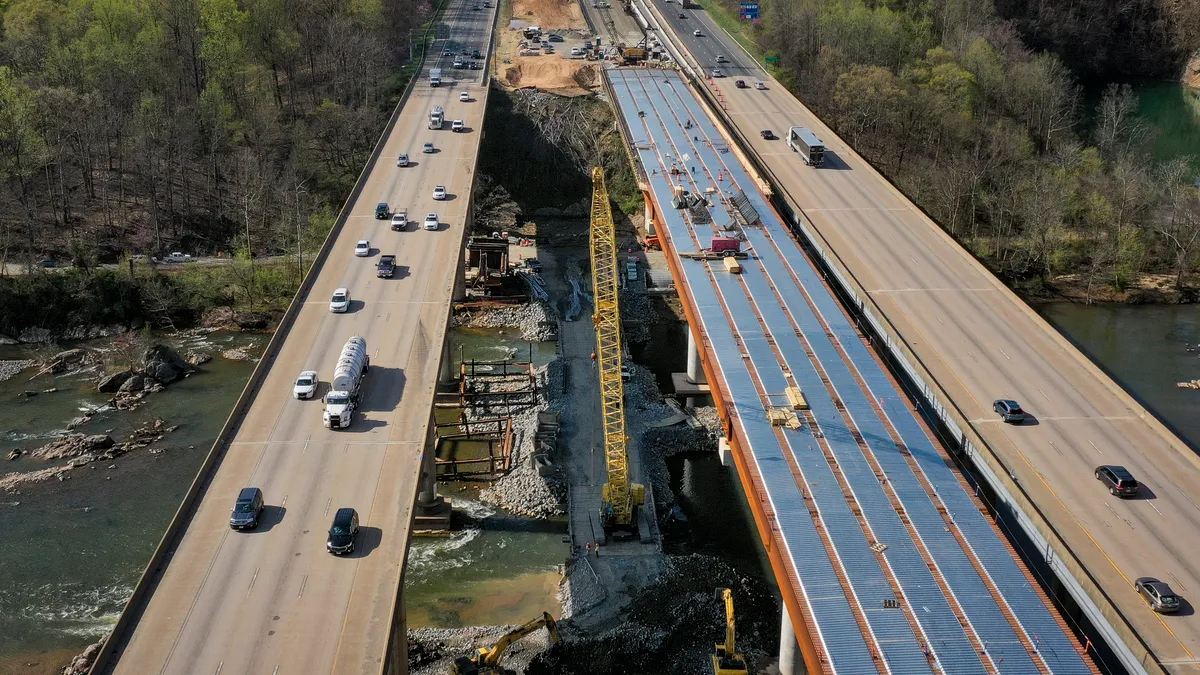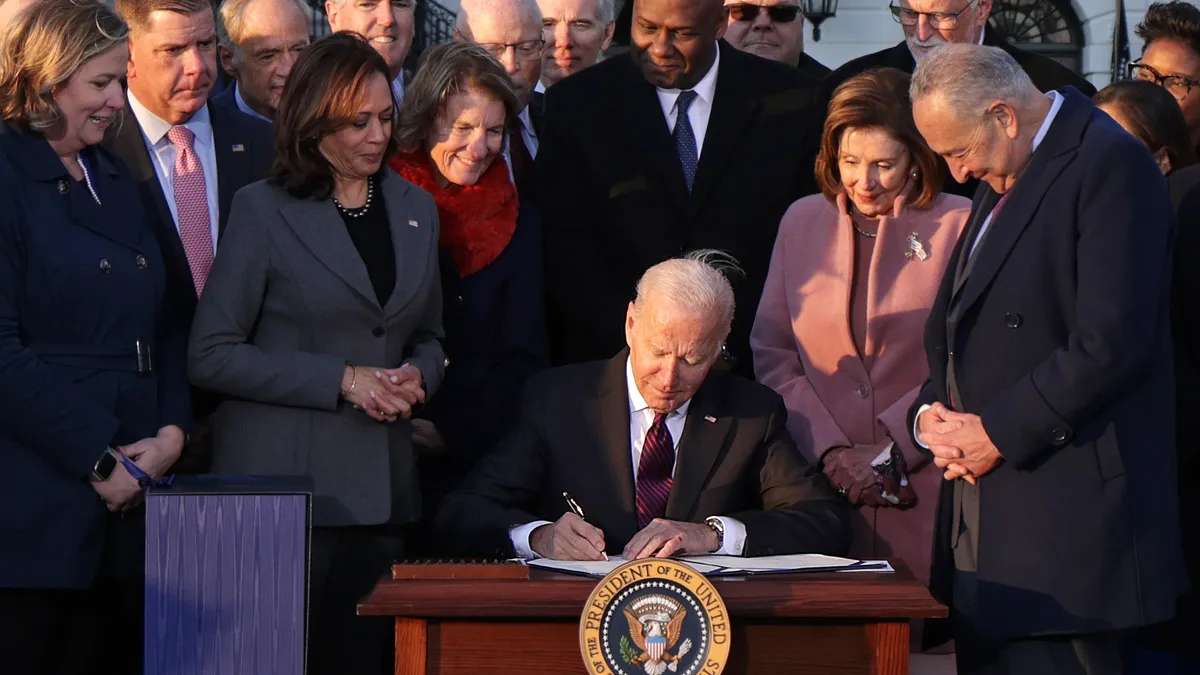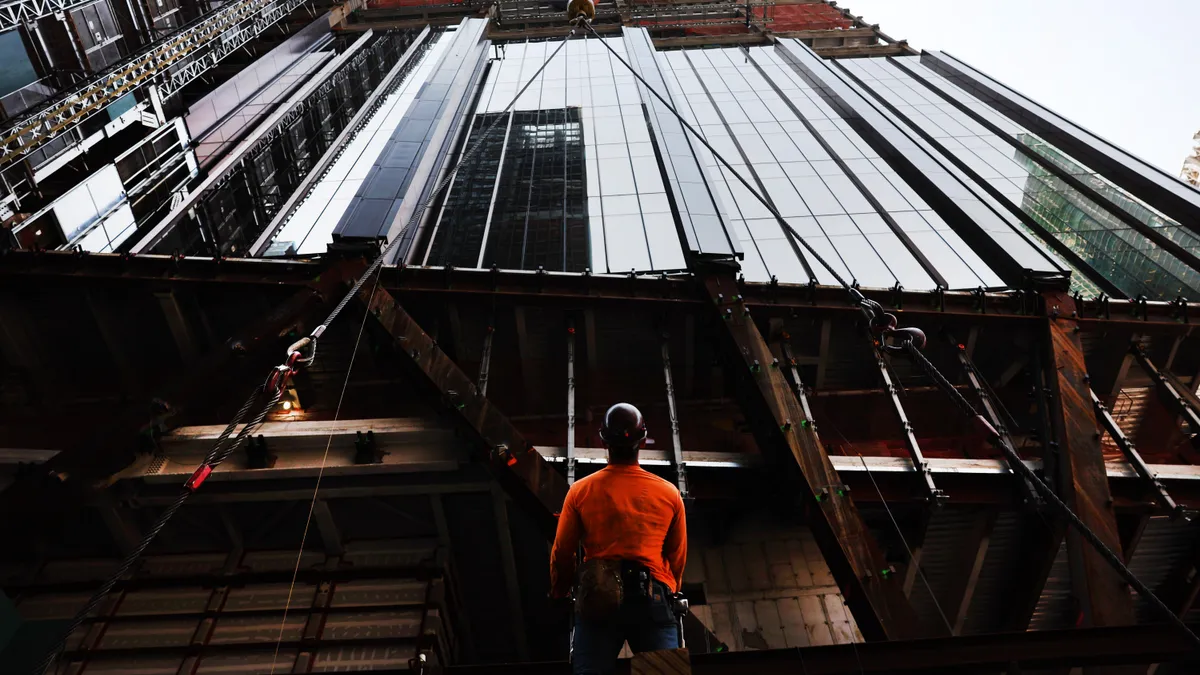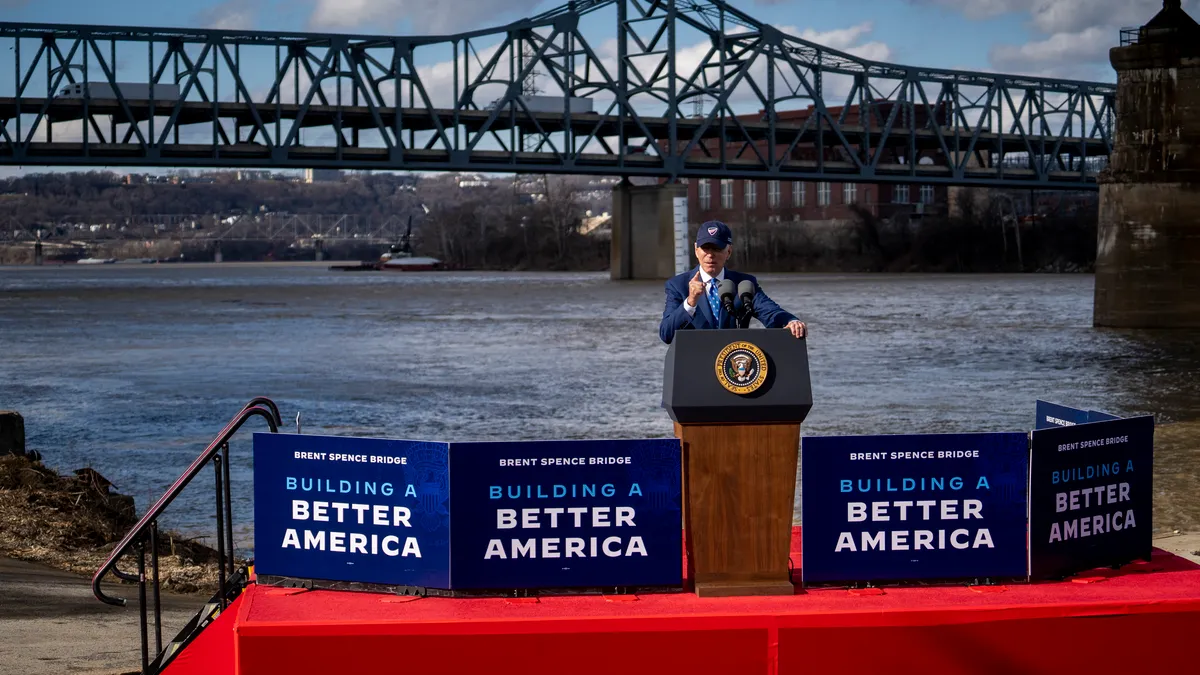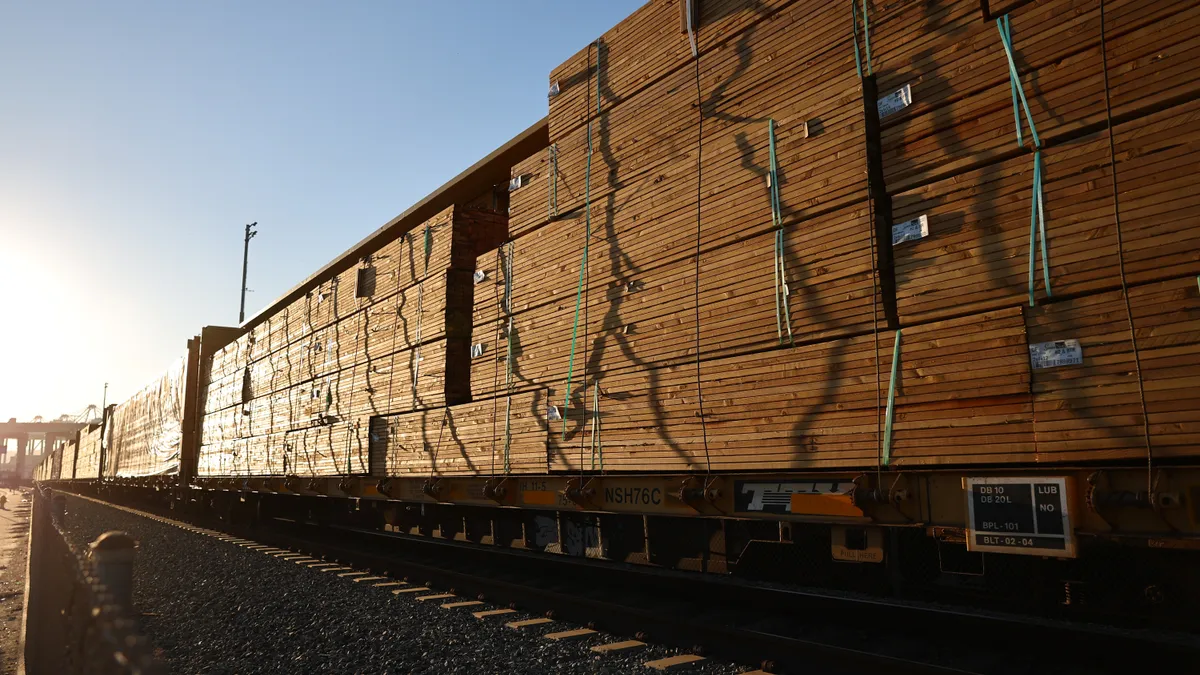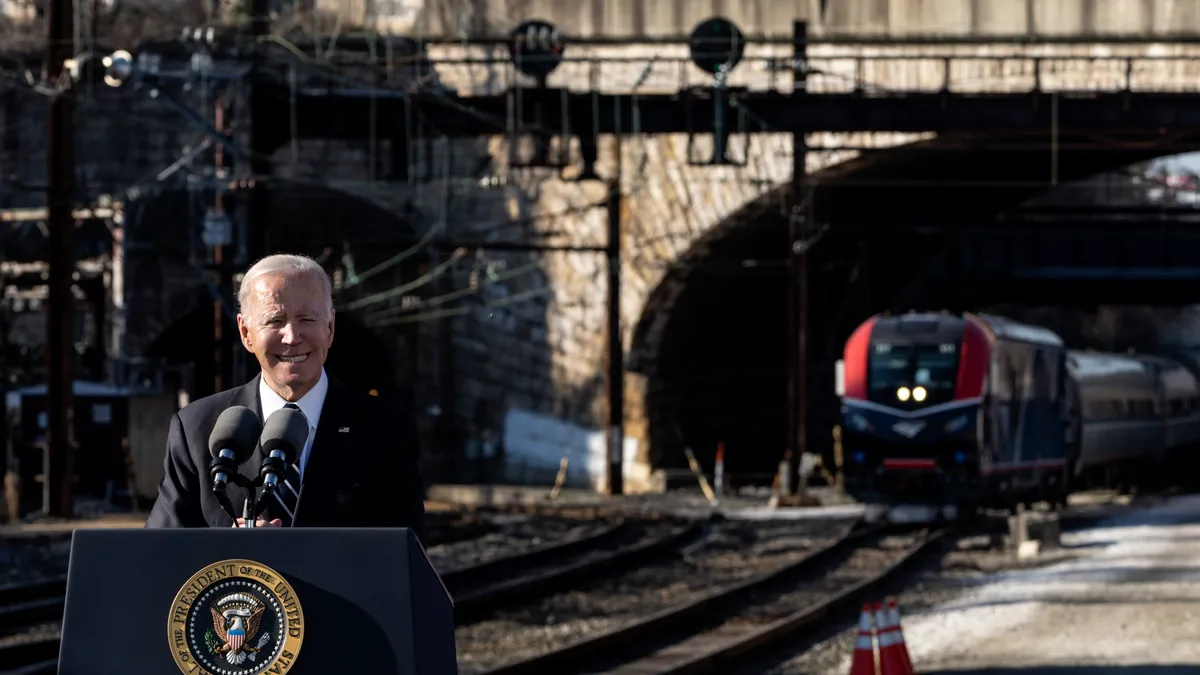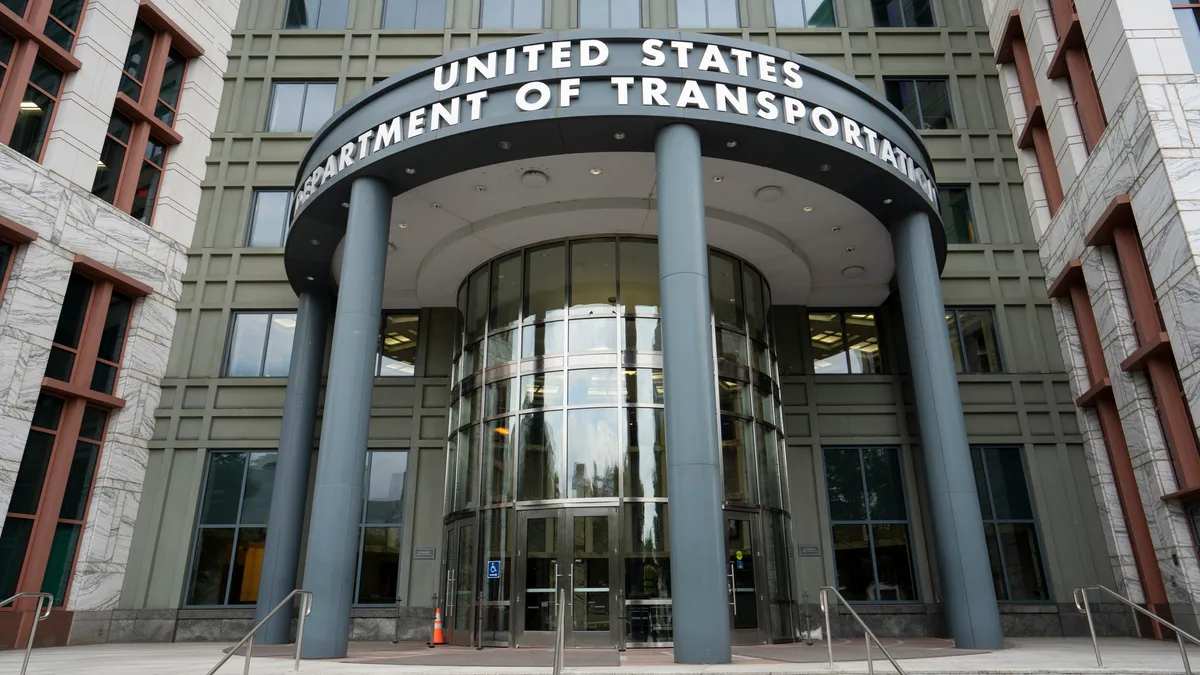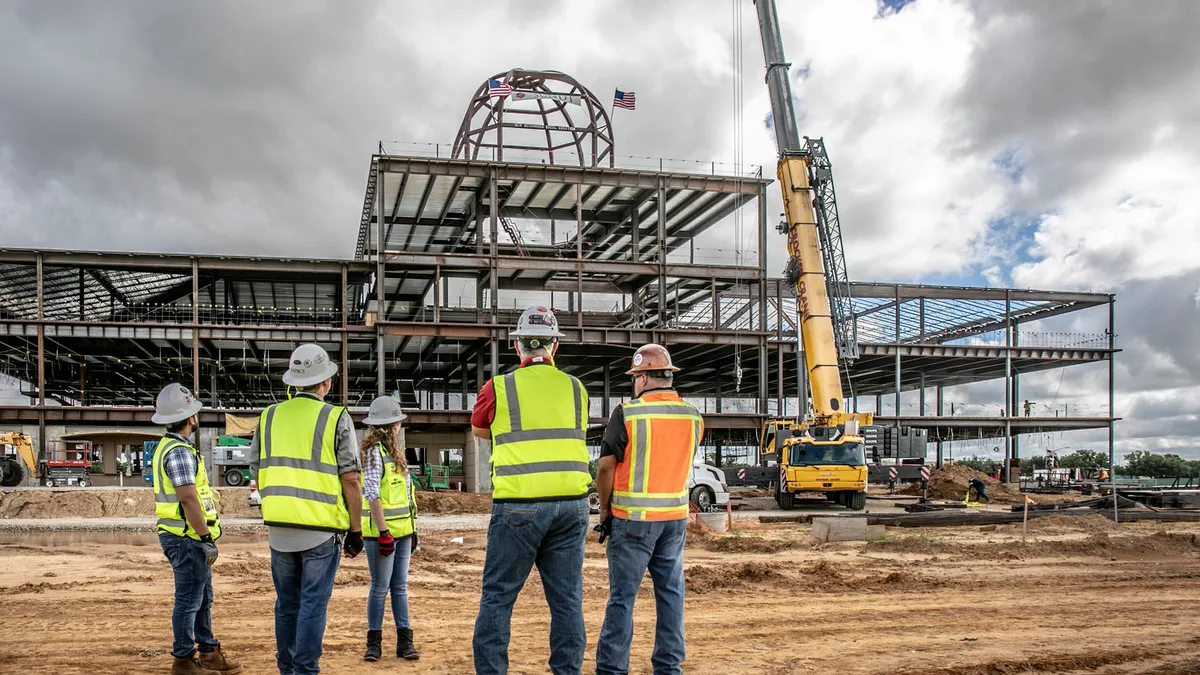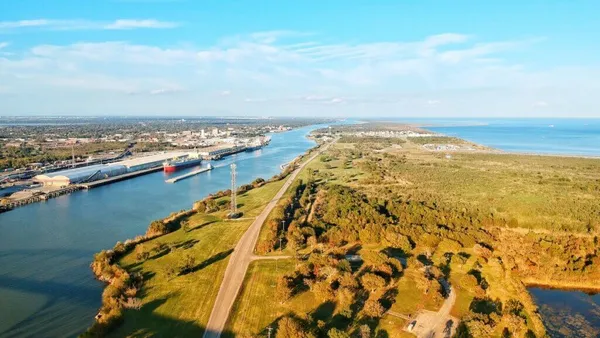America’s southern border infrastructure is back in the spotlight, years after former President Donald Trump promised to build a wall between the U.S. and Mexico to curb illegal immigration. About 458 miles of fencing and other barriers were built in various areas along the 1,933-mile border under Trump’s watch.
President Joe Biden vowed during his election campaign to stop all wall construction between the two countries, amid concerns about its cost, lack of effectiveness, environmental degradation, danger to migrants and more. However, his administration has repeatedly funded efforts to shore up existing barriers and has also built new wall structures in Texas.
In July, Biden and Mexican President Andrés Manuel López Obrador agreed to a multi-year joint border infrastructure modernization effort, and last week, Biden authorized border wall gaps near Yuma, Arizona, to be built out.
While it doesn’t fund walls specifically, the Infrastructure Investment and Jobs Act designates $3.4 billion to build and modernize land ports of entry on the country’s borders through the General Services Administration, including six projects on the southern border. The land port upgrades aim to strengthen commerce and create good-paying construction jobs, per a GSA press release, and support Customs and Border Protection’s mission to safeguard U.S. borders.
Here are the U.S.-Mexico border projects funded by the IIJA, grouped by state:
1. El Paso Bridge of the Americas land port of entry
Location: El Paso, Texas
Cost: $600 million
The Bridge of the Americas processes toll-free inbound and outbound commercial, non-commercial and pedestrian traffic. Volume is heavy, as many choose to cross here to avoid paying a toll. The facility has reached the end of its life cycle, according to GSA, and many of the buildings are operating beyond their capacity.
The project will modernize the facility with a new administration building, pedestrian processing lanes, headhouse, passenger vehicle lanes, kennel and commercial vehicle inspection area, and will improve traffic flow and facilitate trade, according to GSA.
2. Brownsville Gateway LPOE
Location: Brownsville, Texas
Cost: $133 million
This land port is one of the busiest pedestrian crossings in the region, but it’s plagued by hours-long wait times for travelers on foot and in vehicles. Existing facilities aren’t large enough to process the current volume of travelers, according to the GSA, and the existing layout of operations has choke points that create further delays.
The project would expand facilities to make the crossing safer and more efficient, the GSA said.
3. New land port in Douglas
Location: Douglas, Arizona
Cost: $200 million
The existing Raul Hector Castro Port is too small to efficiently process commercial and noncommercial traffic as well as heavy mining industry needs. A new dedicated commercial port would strengthen supply chains by better facilitating the crossing of goods and heavy mining equipment, according to the GSA.
The project will entail construction of inspection booths, a headhouse, administrative building, secondary vehicle inspection docks, parking, HAZMAT building, U.S. Federal Motor Carrier Safety Administration facility and other support facilities.
4. Raul Hector Castro LPOE
Location: Douglas, Arizona
Cost: $200 million
The Raul Hector Castro LPOE, first built in 1933, is a critical crossing for CBP. It currently serves both commercial and noncommercial traffic, according to the GSA, but the facilities are not big enough for CBP’s needs.
Once commercial traffic transitions to the new Douglas port, the project would demolish and rebuild existing facilities that are beyond their useful life to serve people crossing on foot or in private vehicles, and reconstruct and expand processing and administrative buildings. It would also entail replacing pedestrian and vehicular inspection facilities.
5. San Luis I LPOE
Location: San Luis, Arizona
Cost: $115 million
The busy San Luis I LPOE currently processes more traffic than it was designed to accommodate, and existing facilities are significantly undersized and must be upgraded to meet CBP’s current requirements, according to the GSA.
The project will expand vehicle and pedestrian processing lanes, and build new southbound inspection facilities as well as operational and administrative facilities.
6. Calexico West LPOE
Location: Calexico, California
Cost: $100 million
The Calexico West LPOE is the main border crossing linking California’s Imperial Valley agricultural industry to the state of Baja California, Mexico. The three-phase project involves building new inspection facilities and expanding the port to increase vehicle and pedestrian capacity and better support the Department of Homeland Security. It will also allow U.S. Customs and Border Protection to more effectively identify high risk activity and shipments, combat drug trafficking and increase security, according to GSA.
You can see all 26 land ports of entry projects funded by the IIJA here.



